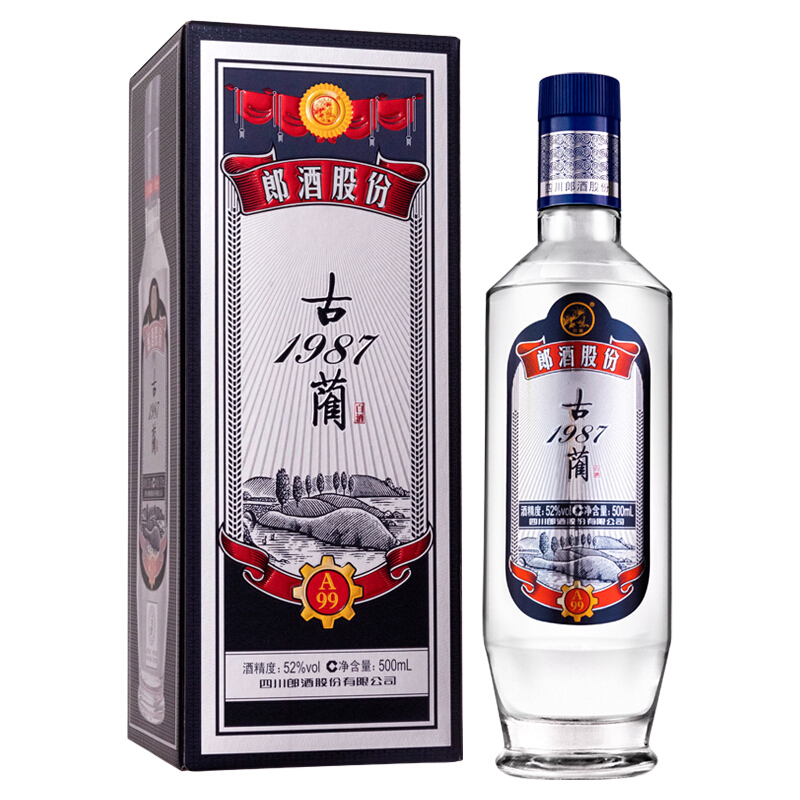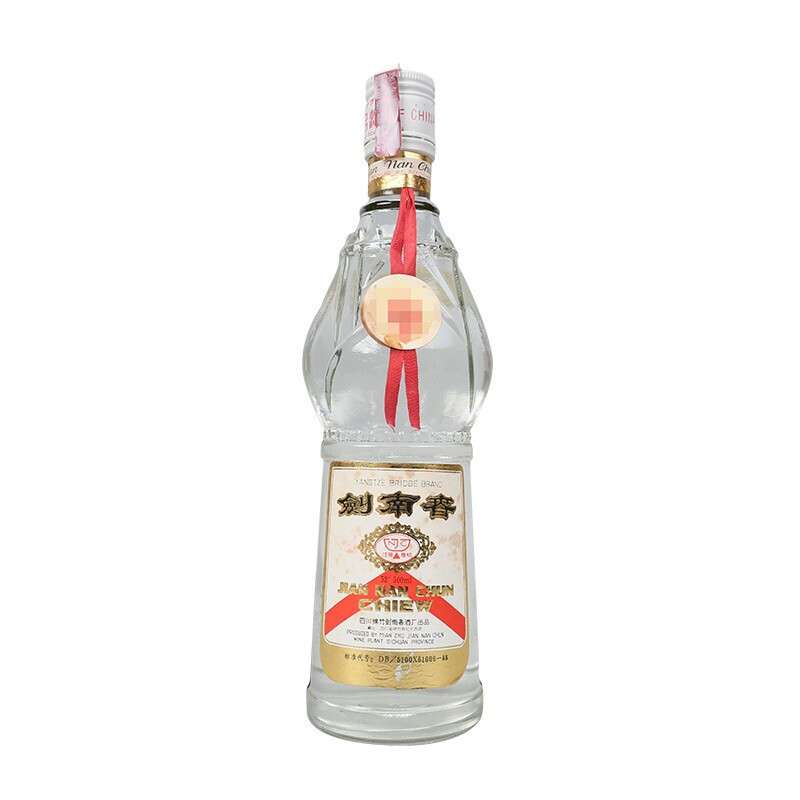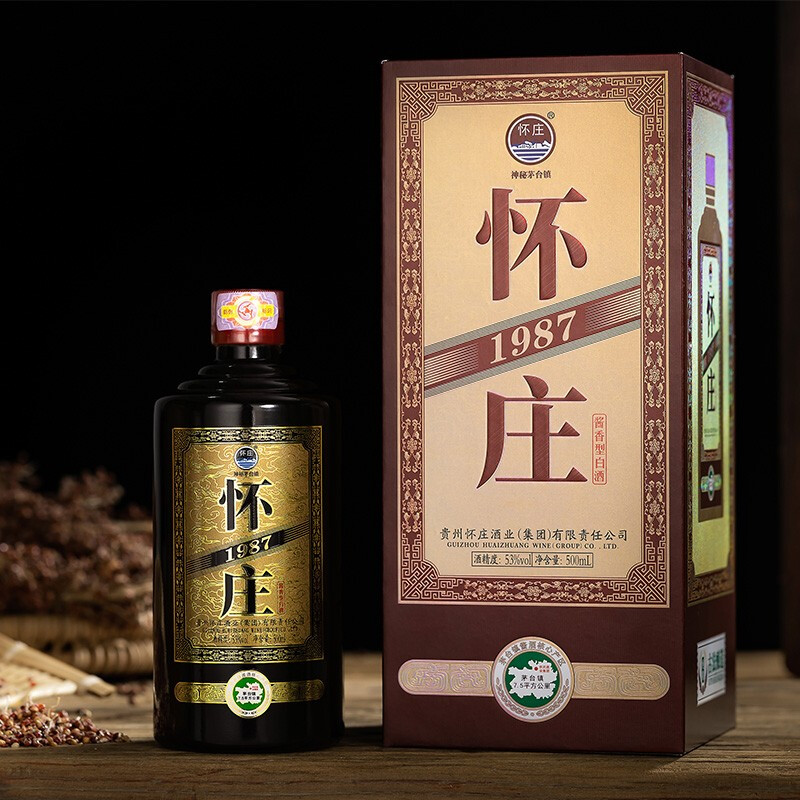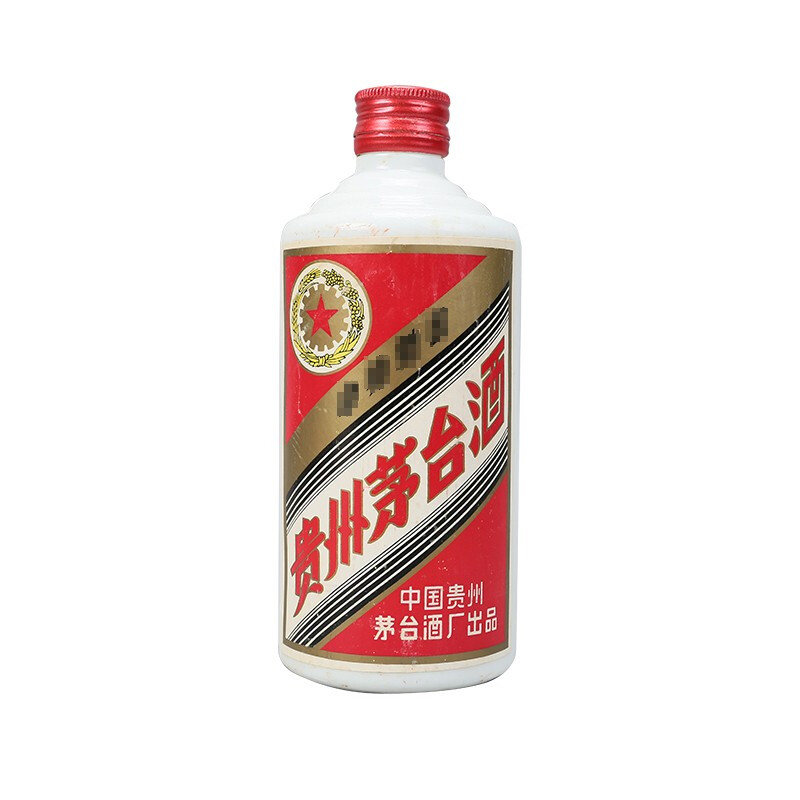1. Cambrian

寒武纪(Cambrian)是显生宙的开始,距今约5.42亿年前—4.88亿年。这个名字来自于英国威尔士的一个古代地名罗马名称“Cambria”,该地的寒武纪地层被最早研究。“寒武纪”一词是英国地质学家塞奇威克(A Sedgwick)于1835年首次引进地质文献的。原指泥盆纪老红砂岩之下的所有地层。在罗马人统治的时代,北威尔士山曾称寒武山,因此赛德维克便将这个时期称为寒武纪。通过铀铅测年法测量其延续时间为5370万年。
2. cambrian of the era

古生代属于显生宙,上一个代是新元古代,下一个代是中生代。古生代包括了寒武纪、奥陶纪、志留纪、泥盆纪、石炭纪、二叠纪。 泥盆纪、石炭纪、二叠纪又合称晚古生代。
古生代(Paleozoic era)——地质年代的第3个代(第1、2个代分别是太古代和元古代)。约开始于5.7亿年前,结束于2.3亿年前。古生代共有6个纪(Period),一般分为早、晚古生代。早古生代包括寒武纪(Cambrian 5.4亿年前)、奥陶纪(Ordovician 5亿年前)和志留纪(Silurian 4.35亿年前),晚古生代包括泥盆纪(Devonian 4.05亿年前)、石炭纪(Carboniferous 3.55亿年前)和二叠纪(Permian 2.95亿年前)。动物群以海生无脊椎动物中的三叶虫、软体动物和棘皮动物最繁盛。在奥陶纪、志留纪、泥盆纪、石炭纪,相继出现低等鱼类、古两栖类和古爬行类动物。鱼类在泥盆纪达于全盛。石炭纪和二叠纪昆虫和两栖类繁盛。古植物在古生代早期以海生藻类为主,至志留纪末期,原始植物开始登上陆地。泥盆纪以裸蕨植物为主。石炭纪和二叠纪时,蕨类植物特别繁盛,形成茂密的森林,是重要的成煤期。
中生代(英文名:Mesozoic Era;时间:距今约2.5亿年~距今约6500万年)
显生宙第二个代,晚于古生代,早于新生代。这一时期形成的地层称中生界。中生代名称是由英国地质学家J.菲利普斯于1841年首先提出来的,是表示这个时代的生物具有古生代和新生代之间的中间性质。中生代从二叠纪-三叠纪灭绝事件开始,到白垩纪-第三纪灭绝事件为止。自老至新中生代包括三叠纪、侏罗纪和白垩纪。
中生代时,爬行动物(恐龙类、色龙类、翼龙类等)空前繁盛,故有爬行动物时代之称,或称恐龙时代。中生代时出现鸟类和哺乳类动物。海生无脊椎动物以菊石类繁盛为特征,故也称菊石时代。淡水无脊椎动物,随着陆地的不断扩大,河湖遍布的有利条件,双壳类、腹足类、叶肢介、介形虫等大量发展,这些门类对陆相地层的划分、对比非常重要。
中生代植物,以真蕨类和裸子植物最繁盛。到中生代末,被子植物取代了裸子植物而居重要地位。中生代末发生著名的生物绝灭事件,特别是恐龙类绝灭,菊石类全部绝灭。有人认为生物绝灭事件与地外小天体撞击地球有关,但真正原因有待进一步研究确定。
古生代时的盘古大陆分裂成南北两片。北部大陆开始分为北美和欧亚大陆,但是没有完全分开。南部大陆开始分为南美,非洲,澳洲和南极洲,只有澳洲没有和南极洲完全分裂。
古生代末期,联合古陆的形成,使全球陆地面积扩大,陆相沉积分布广泛。中生代中、晚期,联合古陆逐渐解体和新大洋形成,至中生代末 ,形成欧亚 、北美 、南美、非洲、澳大利亚、南极洲和印度等独立陆块。并在其间相隔太平洋、大西洋、印度洋和北极海。
中生代中、晚期,各板块漂移加速,在具有缓冲带的洋、陆壳的接触带上缓冲、挤压,导致著名的燕山运动(或称太平洋运动),形成规模宏大的环太平洋岩浆岩带、地体增生带和多种内生金属、非金属矿带。中生代气候总体处于温暖状态,通常只有热带、亚热带和温带的差异。
3. cambrian point
物群与寒武纪大爆发’科研项目,通过对澄江动物群化石的发现和研究,在世界上首次揭示了‘寒武纪大爆发’的整体轮廓,证实几乎所有的动物祖先都曾站在同一起跑线上。”
“澄江动物群因1984年7月1日在云南省澄江县首次发现而得名,是寒武纪早期(距今约5.3亿年)的一个多门类动物化石群,不仅动物类型多,而且十分珍稀地保存了生物的软体构造,首次栩栩如生地再现了远古海洋生命的壮丽景观和现生动物的原始特征。”
“三位科学家说,‘澄江动物群的地质年代正处于“寒武纪大爆发”时期,它让我们如实地看到5.3亿年前动物群的真实面貌,各种各样的动物在“寒武纪大爆发”时期迅速起源,现在生活在地球上的各个动物门类几乎都已出现,而不是经过长时间的演化慢慢变来的。’”
如果如这三位科学家所言,各个动物门类“不是经过长时间的演化慢慢变来的”,那么它们又是怎么来的呢?他们的言下之意是在较短的时间内快速演化而来的(“演化”和“进化”在生物学上为同义词,都是英文evolution的翻译,下面依据一般习惯用“进化”),但是语焉不详,记者又未做补充,于是在一些人听来,竟然就是在否定动物是进化而来的。一家著名网站在转载这则报道时,用的标题赫然就是“澄江动物群证实几乎所有动物并非演化而来”,去掉了“慢慢”两字,非同小可,等于是完全否定了进化论,于是由生物进化的速度快慢之争,变成了生物进化的有无之争了。《科技日报》有关报道的题目干脆就叫“澄江动物群揭寒武纪之谜中国学者挑战进化论”!另外一种常见的说法则是“寒武纪大爆发挑战达尔文”,不仅大众媒体、基督教的宣传品这么说,而且某些专家的文章也这么说,例如陈均远《寒武纪大爆发和多细胞动物构型方案的起源》一文中,有一小节的题目就叫做“挑战达尔文”,声称达尔文“关于生命演化的各种解释,事实上都处于科学假说阶段”。
达尔文进化论到现在是否还只是“科学假说”?它是否面临着生物学新发现的挑战呢?我们得看看达尔文进化究竟说的是什么。达尔文提出的进化论主要包括四个子学说:
一,一般进化论:物种是可变的,现有的物种是从别的物种变来的,一个物种可以变成新的物种。这一点,早已被生物地理学、比较解剖学、比较胚胎学、古生物学和分子生物学等学科的观察、实验所证实,我们现在甚至可以在实验室、野外直接观察到新物种的产生。所以,这是一个科学事实,其可靠程度跟“地球是圆的”、“物质由原子组成”一样。在今天,除了极其个别的由于宗教信仰偏见而无视事实的人,实际上已无生物学家否认生物进化的事实。
二,共同祖先学说:所有的生物都来自共同的祖先。分子生物学发现了所有的生物都使用同一套遗传密码,生物化学揭示了所有生物在分子水平上有高度的一致性,最终证实了达尔文这一远见卓识。所以,这也是一个被普遍接受的科学事实。
三,自选选择学说:自然选择是进化的主要机制。自然选择的存在,是已被无数观察和实验所证实的,所以,这也是一个科学事实。但是,现在学术界一般认为,自然选择的使用范围并不象达尔文设想的那么广泛。自然选择是适应性进化(即生物体对环境的适应)的机制,对于非适应性的进化,有基因漂移等其他机制。也就是说,不能用自然选择来解释所有的进化现象。考虑到适应性进化是生物进化的核心现象,说自然选择是进化的主要机制,也是成立的。
四,渐变论:生物进化的步调是渐变式的,是一个在自然选择作用下累积微小的优势变异的逐渐改进的过程,而不是跃变式的。这是达尔文进化论中较有争议的部分。在达尔文在世时以及死后相当长一段时间,大部分生物学家,特别是古生物学家,都相信生物进化是能够出现跃变的,认为新的形态和器官是源自大的跃变,而不是微小的变异在自然选择的作用下缓慢而逐渐地累积下来的。包括赫胥黎在内的一些古生物学家由于强调生物化石的不连续性,而持这种观点。在遗传学诞生之后的一段时间内,早期遗传学家们由于强调遗传性状的不连续性,也普遍接受跃变论。在20世纪40年代,“现代综合”学说将遗传学和自然选择学说成功地结合起来,渐变论逐渐占了优势。但是近二、三十年来,古生物学和进化发育生物学的研究表明,生物进化过程很可能是渐变和跃变两种模式都存在的,跃变论又有抬头的趋势。不过,进化论所说的跃变,除了某些非常特殊的情形(例如植物经杂交出现新种),并非是指在一代或数代之间发生的进化,而可能经历了数千年、数万年乃至数百万年,只不过以地质年代来衡量显得很短暂而已。
寒武纪大爆发挑战的就是渐变论,但是并不能否证渐变论。它即使成立,也不过表明进化有时候是能够以跃变的方式进行的,并不能否认进化在其他时候是以渐变的方式进行的。寒武纪大爆发更不会挑战进化论。几乎所有动物的“门”都在寒武纪早期出现,绝不意味着这些动物祖先不是进化而来的,更不意味着它们之后没有发生进化。神创论者在介绍寒武纪大爆发时,试图给人这种印象:几乎所有的动物都是同时突然出现的,以后只有灭绝而没有进化。其实完全不是这么回事。第一,在寒武纪之前,动物已经过了漫长的进化过程。自五十年代以来,古生物学家已在世界各地三十个地方发现了大量的寒武纪之前的多细胞生物乃至动物,数量最多、最为闻名的在四个地方:澳大利亚的埃迪亚加拉山(Ediacara Hill)(因此这段时期被称为埃迪亚加拉纪(Ediacarian))、加拿大纽芬兰的错误点(Mistake Point)、俄罗斯的白海海岸和纳米比亚。此外还有中国瓮安动物群,据称是迄今发现的最古老的实体化石动物群。这些寒武纪之前的多细胞生物包括软珊瑚、海蜇、蠕虫和其他稀奇古怪的生物。对这些多细胞生物是否是寒武纪动物的直接祖先,以前有争议,因为在1995年之前从这些多细胞生物到寒武纪动物还存在一段地质空白,所以有专家主张这些早期多细胞生物全部灭绝,在寒武纪又再来一次从单细胞到多细胞的进化。在1995年,在纳米比亚火山灰层中出现了大量的寒武纪之前的多细胞生物,恰好补上了这段空白,所以,现在已很少有专家怀疑前寒武纪的多细胞生物和寒武纪的动物没有相承关系。第二,寒武纪的动物并不是“同时”出现的,而是持续了几百万年,这在进化史上当然是短时间,但对神创论来说,却是长得不可思议。第三,“几乎所有动物的门”在寒武纪地层出现并不等于“几乎所有动物的种”在那时候都已出现。事实上,寒武纪的动物一般地只是那个门的原始物种,以后几乎全都灭绝了,后来的物种是进化来的。比如,寒武纪只存在少数几种原始的脊索动物,而丰富多彩的脊椎动物各类群,包括鱼类、两栖类、爬行类、哺乳类和鸟类,都是在寒武纪之后从原始脊索动物逐渐进化来的。现代脊椎动物各物种更都有了几亿年的进化史。
为什么几乎所有动物的门会在较短的时间(数百万年!)内进化出来,生物学家们提出了不少的解释,目前被较为广泛接受的是Hox基因调控理论。Hox基因是一种“同源异形”基因,是动物形态蓝图的设计师,在发育过程中控制身体各部分形成的位置。如果同源异形基因发生突变,会使动物某一部位的器官变成其他部位的器官,叫做同源异形。比如,让某个同源异形基因发生突变,能使果蝇的身体到处长眼睛,在该长眼睛的地方长出翅膀,或者在该长触角的地方长出了脚。Hox基因在所有的脊椎动物和绝大部分无脊椎动物中都存在,调控的机理也相似,这表明它可能是最古老的基因之一,在最早的动物祖先中就已存在。Hox的突变一开始时在胚胎早期引起的变化不大,但随着组织、器官的分化定型,突变的影响逐步被放大,导致身体结构发生重大的改变。这可以解释寒武纪物种大爆发。那时候基因结构、发育过程都较简单,Hox的基因突变容易被保留,结果导致了身体结构的多姿多彩。
达尔文进化论在经过修正后,到现在仍然是生物进化论的主流学说,具有无比强大的生命力。但是为什么我们每隔一段时间,就能听到达尔文进化论遭受挑战、被质疑乃至被否定的说法呢?这有宗教因素,也有思想、文化因素(许多不信基督教的人文学者也不喜欢达尔文进化论的机械色彩),值得注意的是,还有科学家的心理因素。一些科学家为了强调自己研究的课题的重要性,会有意无意地夸大其研究成果的价值,甚至有的人明明站在巨人的肩膀上,却又巴不得一脚把巨人踢倒以显示自己的伟大。这就要求我们,对惊人的说法要格外保持警惕,不要轻信。
4. cambrian college 是什么大学
地球的地质年代从今到古可分为(以下的分类依照的是国际地层委员会,剑桥大学的划分略有不同) 年份每一百万年为一个单位。 1. Phanerozoic Eon: PH (显生宙) 1) Cenozoic Era: CZ (新生代) (0 - 65.5) 现代生物的时期 (哺乳动物,被子植物),其间经历了多次的冰河时期 a) Quaternary Q (第四纪) (0 - 1.81) Holocene Q2 (全新世) (0 - 0.01) Pleistocene Q1 (更新世) (0.01 - 1.81) Neogene N (晚第三纪) (1.81 - 23.8) Pliocene N2 (上新世) (1.81 - 5.32) Miocene N1 (中新世) (5.32 - 23.8) c) Paleogene E (早第三纪) (23.8 - 65.5) Oligocene E3 (渐新世) (23.8 - 33.7) Eocene E2 (始新世) (33.7 - 55.0) Paleocene E1 (古新世) (55.0 - 65.5) 2) Mesozoic Era: MZ (中生代) (65.5 - 250) 中等进化生物的时期 (爬行动物,裸子植物) a) Cretaceous K (白垩纪) (65.5 - 142.0) 恐龙进化的最后阶段,有暴龙等 Jurassic J (侏罗纪) (142.0 - 205.1) 恐龙统治的时代,侏罗纪中期泛古大陆开始分解,导致后期超大型恐龙的出现,如腕龙,梁龙等。 c) Triassic T (三叠纪) (205.1 - 250) 三叠纪生物大灭绝,恐龙出现 3)Paleozoic Era: PZ (古生代) (251.4 - 545) 古代生物的时期 (鱼类,蕨类植物) a) Permian P (二叠纪) (251.4 - 292) Carboniferous C (石炭纪) (292 - 354) c) Devonian D (泥盆纪) (354 - 417) d) Silurian S (志留纪) (417 - 440) e) Ordovician O (奥陶纪) (440 - 495) f) Cambrian E (寒武纪) (495 - 545) 寒武纪的生物大爆炸 2.Precambrian (元古宙) 1) Proterozoic PR (原生代) (545 - 2500) 久远的原始生物的时期 a) Neoproterozoic NP (540-1000) Mesoproterozoic MP (1000-1600) c) Paleoproterozoic PP (1800 - 2500) 2) Archean AR (太古代) (2500 - 3900) 初始生物的时期 a) Neoarchean NA (2500 - 2800) Mesoarchean MA (2800 - 3200) c) Paleoarchean PA (3200 - 3600) d) Eoarchean EA (3600 - 3900) 3) Hadean (冥古代) (3900 - 4567) 生命现象伊始的时期 a) Swazian Early Imbrian (3900 - 3975) Swazian Nectarian (3975 - 4000) c) Basin Groups Swazian (4000 - 4150) d) Basin Groups (4150 - 4567.17) e) Cryptic (4567.17 +/- 0.7) 地球的诞生(45亿年前)够详细吧!
5. cambrian是什么品牌
麒麟980创造了6个世界第一:
全球最早商用的台积电7nm工艺的手机SoC芯片
全球首次实现基于ARM Cortex-A76开发的商用CPU架构,最高主频可达2.6GHz
全球首款搭载双核NPU
全球最新采用Mali-G76 GPU
全球最先支持LTE Cat.21,峰值下载速率1.4Gbps,达到业内最高
支持全球最快LPDDR4X颗粒,主频最高可达2133MHz,同样业内最高
可能最大的意外,就是麒麟980采用了双核NPU——而不是此前谣传的会搭载寒武纪最新一代1M。麒麟980中使用的NPU是寒武纪1H,是麒麟970搭载的寒武纪1A的优化版,加上双核,图像识别速度有了220%的飞升,AI能力也有进一步扩展。
麒麟980芯片相关负责人表示,原本他们是不打算做宣传的,而是靠口碑营销,因为“消费者只要用了就知道有多好”。
至于麒麟980研发费用,华为方面表示是“数亿美元”,因为“芯片是滚动研发,很难界定具体的投入是多少”。而关于投入产出比,华为并不把芯片当做一门生意在做,他们更在意的是产品的竞争力。
根据华为CBG业务发展情况,从品牌的形象塑造和产业影响力来看,麒麟系列芯片的投入是“非常值得的”。
下面详细来看这款芯片。
迄今最强芯片,性能碾压高通845和苹果A11
具体看,麒麟980和麒麟970的规格参数对比:
余承东表示,从最初的研发、IP储备,到最终的商业化量产,华为用了36个月的时间。也就是说,在3年以前,麒麟980项目就已经开始,投入了数千名资深半导体专家,进行了5000+次验证和检测。
再来看麒麟980跟高通845的对比。
性能全面碾压:黄线是麒麟980,白线是高通骁龙845(GPU是在开启Turbo状态)
麒麟980是7nm工艺,华为从2015年开始就从事7nm工艺研究,2016年进行IP储备、集成验证,2017年做SoC工程化验证,2018年实现量产。
2018年实现7nm工艺的手机SoC量产,这是很多业内人士都不曾料到的,大家普遍以为至少要到2019年才能成功。
科技公司对手机SoC的性能追求永无止境。
那么从10nm到7nm,芯片都有了哪些提升呢?
根据台积电的官方数据,从10nm改为7nm,芯片性能大约有20%的提升,能效则有大约40%的提升,逻辑电路的密度提升60%,相当于原来的1.6倍。
6. Cambrian period
Mount Tai (Chinese: 泰山; pinyin: Tài Shān) is a mountain of historical and cultural significance located north of the city of Tai'an, in Shandong Province, China. The tallest peak is Jade Emperor Peak (simplified Chinese: 玉皇顶; traditional Chinese: 玉皇顶; pinyin: Yùhuáng Dīng), which is commonly reported as 1545 metres (5069 feet) tall[1], but is described by the Chinese government as 1532.7 metres (5028.5 feet)[2].Mount Tai is one of the "Five Sacred Mountains of Taoism". It is associated with sunrise, birth, and renewal, and is often regarded the foremost of the five. The temples on its slopes have been a destination for pilgrims for 3,000 years.Contents [hide]1 Location 2 History 3 Natural significance 4 Cultural significance 4.1 Dai Miao 4.2 Other Monuments 5 Infrastructure 6 Cultural references 7 Footnotes 8 External links [edit] Location Location within ChinaMount Tai is located just north of the city of Tai'an and to the south of the provincial capital Jinan. It extends from 150 to 1,545 metres above sea level and covers an area of 426 square kilometres at its base. The Jade Emperor Peak is located at 36° 16′N and 117° 6′E.[edit] HistoryTraces of human presence at Mount Tai date back to the Paleolithic period. Human settlement of the area can be proven from the neolithic period onwards. During this time, two cultures had emerged near the mountain, the Dawenkou to the north and Longshan to the south. In the Spring and Autumn Period, the mountain lay on the boundary between the competing States of Qi (north of the mountain) and Lu (south). In the ensuing Warring States Period, the State of Qi erected a 500 km-long wall to protect itself against an invasion. Ruins of this wall are still present today. The name Tai'an of neighboring city is attributed to the saying "If Mount Tai is stable, so is the entire country" (both characters of Tai'an, 泰安, have independent meaning "peace").Religious worship of Mount Tai has a tradition of 3,000 years, it has been practiced from the time of the Shang to that of the Qing Dynasty. Over time, this worship evolved into an official imperial rite and Mount Tai became one of the principal places where the emperor would pay homage to Heaven (on the summit) and Earth (at the foot of the mountain) in the Fengshan Sacrifices (封禅). In 219 BC, Qin Shi Huang, the first Emperor of China, held a ceremony on the summit and proclaimed the unity of his empire in a famous inscription.Mount Tai has been a UNESCO World Heritage Site since 1987. In 2003, it attracted around 6 million visitors. A renovation project to be completed by late October 2005 aims at restoring cultural relics and the renovation of damaged buildings of cultural significance. Modern buildings which are inconsistent with the historic landscape are to be demolished. The total cost of the work is estimated at 15 million yuan (approximately US$1.8 million).[edit] Natural significance The Immortal Bridge, a natural landscapeMount Tai is a tilted fault-block mountain with height increasing from the north to the south. It is the oldest example of a paleo-metamorphic formation from the Cambrian Period in eastern China. Known as the Taishan Complex, this formation contains magnetized, metamorphic, and sedimentary rock as well as intrusions of other origins during the Archean Era. The uplift of the region started in the Proterozoic Era, by the end of the Proterozoic, it had become part of the continent.Besides the Jade Emperor Peak, other distinctive rock formations are the Heaven Candle Peak, the Fan Cliff, and the Rear Rock Basin.Mount Tai lies in the zone of oriental deciduous forest; about 80% of its area is covered with vegetation. The flora is known to comprise almost 1,000 species. Some of the trees in the area are very old and have cultural significance, such as the Han Dynasty Cypresses, which were planted by the Emperor Wu Di, the Tang Chinese Scholartree (about 2,100 years old), the Welcoming-Guest Pine (500 years old) and the Fifth-Rank Pine, which was named originally by the Emperor Qin Shi Huang, but was replanted about 250 years ago.[edit] Cultural significance[edit] Dai Miao Dai Temple at Mount TaiThe Temple of the God of Mount Tai, known as the Dai Temple (Dai Miao) is the largest and most complete ancient building complex in the area. It is located at the foot of Mount Tai in the city of Tai'an and covers an area of 96,000 square meters. The temple was first built during the Qin Dynasty. Since the time of the Han Dynasty (206 BC - 220 AD), its design has been a replica of the imperial palace, which makes it one out of three extant structures in China with the features of an imperial palace (the other two are the Forbidden City and the Confucius Temple in Qufu). The temple has five major halls and many small buildings. The centerpiece is the Palace of Heavenly Blessings (Tian Kuang), built in 1008, during the Northern Song Dynasty. The hall houses the mural painting "The God of Mount Tai Making a Journey", dated to the year 1009. The mural extends around the eastern, western and northern walls of the hall and is 3.3 metres high and 62 metres long. The theme of the painting is an inspection tour by the god. Next to the Palace of Heavenly Blessings stand the Yaocan Pavilion and the entrance archway as well as the Bronze Pavilion in the northeast corner. The Dai Temple is surrounded by the 2,100 year-old Han Dynasty cypresses.Dong Yue Temple at Mount Tai[edit] Other MonumentsA flight of 7,200 total steps (including inner temple steps), with 6,293 Official Mountain Walkway Steps, lead up the East Peak of Mount Tai, along its course, there are 11 gates, 14 archways, 14 kiosks, and 4 pavilions.In total, there are 22 temples, 97 ruins, 819 stone tablets, and 1,018 cliff-side and stone inscriptions located on Mount Tai. These include the Azure Cloud Temple dedicated to the daughter of the God of Mount Tai, the goddess Laomu and the Divine Rock Temple which features the Thousand-Buddhas Hall with painted Arhat statues.[edit] Infrastructure Zeng Fu Temple at Mount Tai Stone inscriptions at Mount TaiVisitors can reach the peak of Mount Tai via a bus which terminates at the Midway Gate to Heaven, from there a cable car connects to the summit. Covering the same distance on foot takes from two and a half to six hours. The supplies for the many vendors along the road to the summit are carried up by porters either from the Midway Gate to Heaven or all the way up from the foot of the mountain.To climb up the mountain, one can take one of two routes. The more popular east route starts from Taishan Arch. On the way up the 7,200 stone steps, the climber first passes the Ten Thousand Immortals Tower (Wanxianlou), Arhat Cliff (Luohanya), and Palace to Goddess Dou Mu (Doumugong). The climbing from downtown up the mountain can take two and a half hours for the avid hiker to six hours for the leisure pace. To the northeast of the Palace to Goddess Dou Mu is Sutra Rock Valley in which the Buddhist Diamond Sutra was cut in characters measuring fifty centimeters across believed to be inscribed in the Northern Wei Dynasty. The west route, taken by fewer tourists, is more scenic, but has less culture heritage.[edit] Cultural referencesThe Chinese idiom "泰山北斗" (lit. Mount Tai & Big Dipper) is an epithet for a person of great distinction. According to an ancient quotation from Sima Qian, "Though death befalls all men alike, it may be weightier than Mount Tai or lighter than a feather." Mao Zedong referenced this quote in the 20th century: "To die for the people is weightier than Mount Tai, but to work for the fascists and die for the exploiters and oppressors is lighter than a feather". [1] Rage Against the Machine referenced this in the song "Year of tha Boomerang": "So I'm goin' out heavy sorta like Mount Tai". In 1987, Canadian progressive rock band Rush put out the Hold Your Fire album, containing the song "Tai Shan." The song was about drummer and lyricist Neil Peart's journey to Mount Tai. The Dai Miao is featured in Sid Meier's Civilization IV as a religious complex that can be built by a Great Prophet, thus establishing a holy shrine dedicated to Taoism in the Taoist holy city. Tai Shan is the name of the most popular beer of most of Western Shandong province. A popular Vietnamese saying Công cha như núi Thái Sơn, nghĩa mẹ như nước trong nguồn chảy ra, một lòng thờ mẹ kính cha, cho tròn chữ hiếu mới là đạo con, mentions Thai Son mountain which may be translated into Chinese as Tai Shan, and refers a father's work ethics to the grandeur of the mountain
7. cambrian官网
· 人工智能
大数据是基于海量数据进行分析从而发现一些隐藏的规律、现象、原理等,而人工智能在大数据的基础上更进一步,人工智能会分析数据,然后根据分析结果做出行动,例如无人驾驶,自动医学诊断。互联网有做网络设备的(思科、华为)、有做操作系统的(微软、苹果)、有做行业的(淘宝、facebook、微信等)、有做终端的(苹果、华为、小米)、有做公众号的。。。。。。每个领域都是一个市场和机会,不要过于焦虑和担心!从就业的角度出发,也可以考虑学一门实用的技术,其实计算机专业就是很好的,比如ui设计、互联网营销、大数据、云计算、JAVA等等就业前景都挺好。从培训机构的推荐我个人觉得中公教育的优就业不错!






